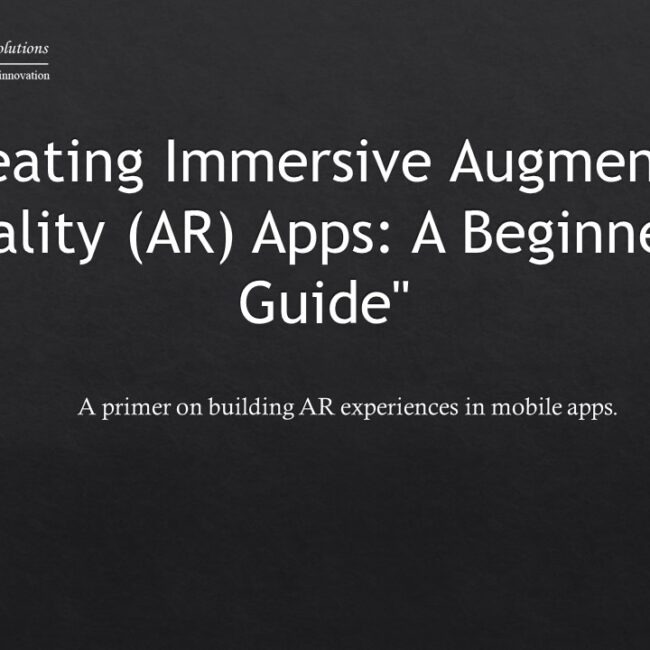
Visual Intelligence: How Computer Vision is Changing Everything
In the age of data and digitization, the ability to understand visual information has become more crucial than ever. Enter Computer Vision, a branch of artificial intelligence that empowers machines to interpret and make sense of the visual world. From healthcare to self-driving cars and beyond, Computer Vision is revolutionizing countless industries and transforming the way we interact with technology. In this blog, we’ll explore the captivating world of Computer Vision and how it’s reshaping our reality.
Unveiling the World of Computer Vision
Defining Computer Vision
Computer Vision is a field of artificial intelligence that enables computers to interpret and understand visual information from the world, much like humans do. It involves processing, analyzing, and making decisions based on images and videos.
The Power of Visual Data
In our increasingly visual society, the capacity to analyze images and videos has immense practical applications. Computer Vision can identify objects, recognize faces, read text, and even track movements with remarkable accuracy.
How Computer Vision Works
Image Acquisition
Computer Vision begins with the capture of images or video frames using cameras or sensors.
Pre-processing
The acquired images often require cleaning and enhancement to improve the accuracy of Computer Vision algorithms. This includes tasks like noise reduction and contrast adjustment.
Feature Extraction
Computer Vision algorithms identify key features within the images, such as edges, corners, and patterns. These features serve as the basis for analysis and recognition.
Image Analysis
This stage involves interpreting the visual data, recognizing objects or patterns, and making sense of the visual information.
Decision-Making
Based on the analysis, Computer Vision algorithms make decisions or take actions. For example, in a self-driving car, Computer Vision detects obstacles and navigates accordingly.
Applications of Computer Vision
Computer Vision’s applications are vast and varied:
- Healthcare: Computer Vision is used for medical imaging, disease diagnosis, and even surgery assistance.
- Automotive: Self-driving cars rely heavily on Computer Vision to navigate and avoid collisions.
- Retail: Visual recognition systems can identify products, enabling cashier-less checkout and inventory management.
- Manufacturing: Computer Vision systems inspect products for defects and assist in quality control.
- Agriculture: Drones equipped with Computer Vision are used for crop monitoring and disease detection.
- Augmented Reality (AR) and Virtual Reality (VR): Computer Vision is integral to creating immersive AR and VR experiences.
Challenges and Advances
Data Privacy
As Computer Vision becomes more prevalent, privacy concerns related to the collection and analysis of visual data are on the rise.
Deep Learning
Advances in deep learning, particularly convolutional neural networks (CNNs), have greatly improved Computer Vision accuracy.
Real-Time Processing
The ability to process visual data in real-time is crucial for applications like autonomous vehicles.
Interdisciplinary Collaboration
Computer Vision benefits from collaboration with other fields like robotics, neuroscience, and cognitive science.
The Future of Computer Vision
The future of Computer Vision is incredibly promising:
- Augmented Reality: Enhanced AR experiences where computer vision identifies and overlays information on real-world objects.
- Improved Healthcare: Early disease detection and more precise surgical procedures.
- Smarter Cities: Computer Vision for traffic management, security, and public services.
- Personalized Marketing: Visual recognition for personalized advertising.
- Enhanced Accessibility: Computer Vision aids for people with disabilities.
Conclusion
Computer Vision is more than just a technological advance; it’s a gateway to a future where our visual world is smarter, more interactive, and more accessible. As Computer Vision continues to evolve, it will touch every aspect of our lives, making the world around us more responsive and intuitive.
The ability to process and interpret visual data is no longer science fiction but a reality, and it’s reshaping our world one image at a time.
Stay tuned for more exciting updates on the ever-evolving landscape of technology and visual intelligence.




